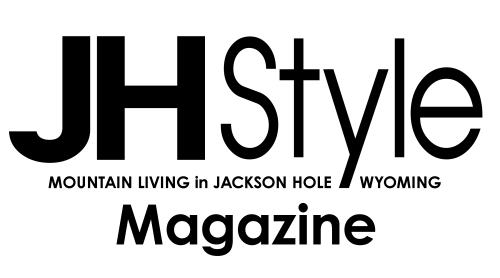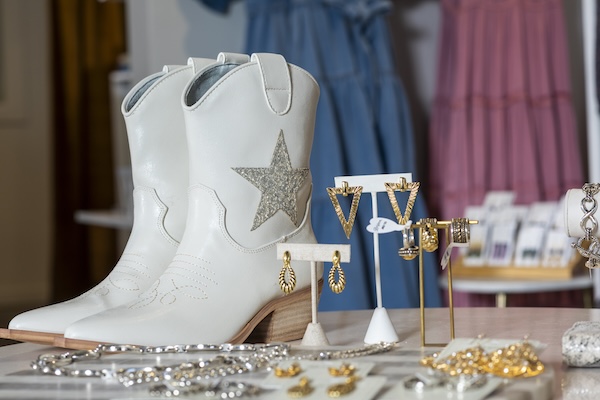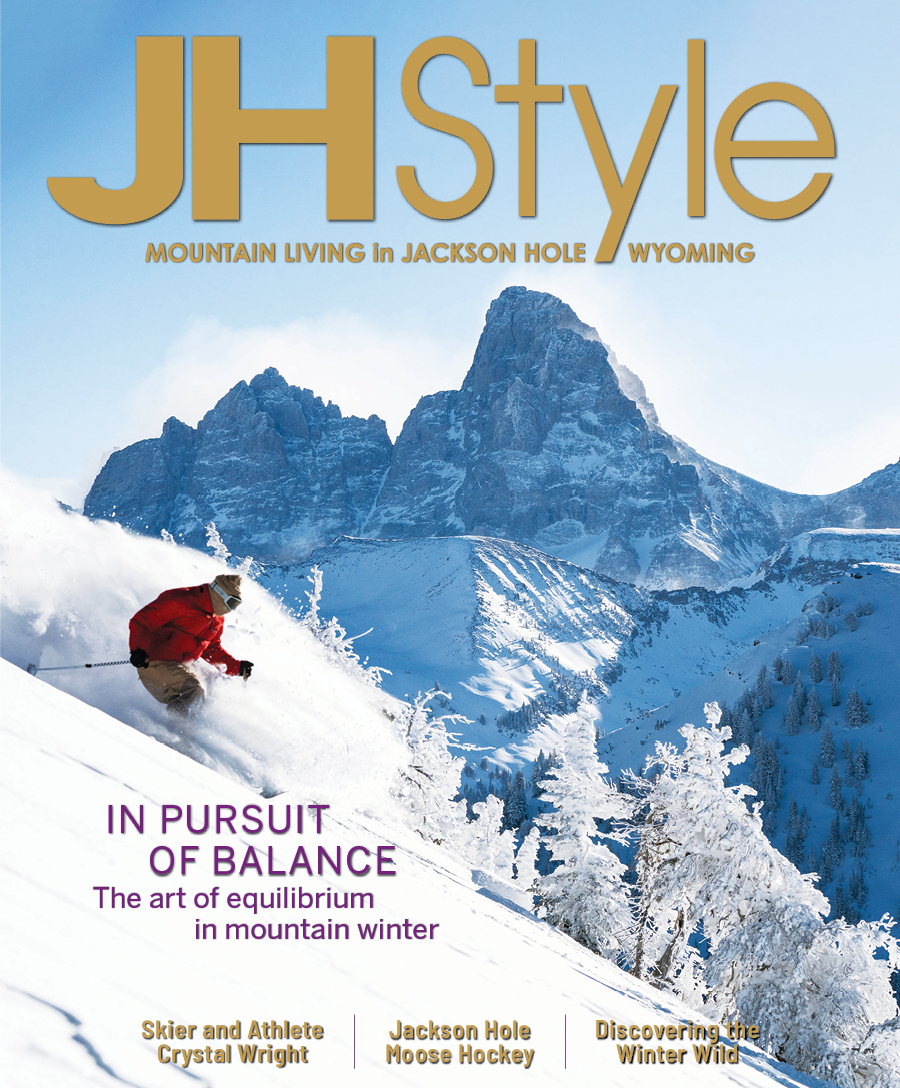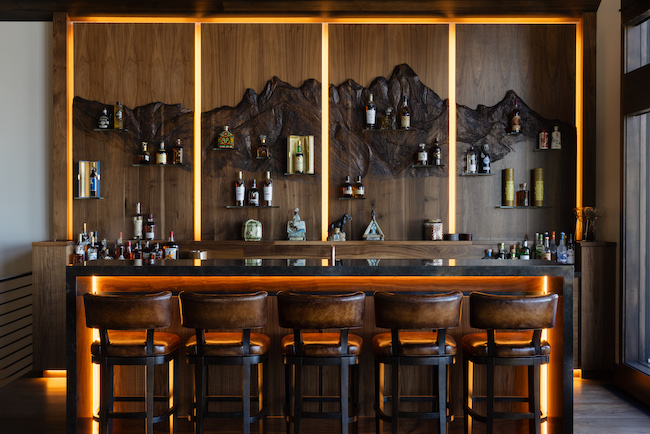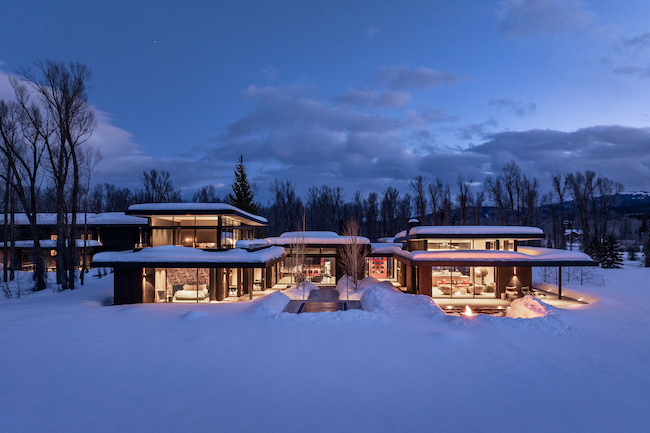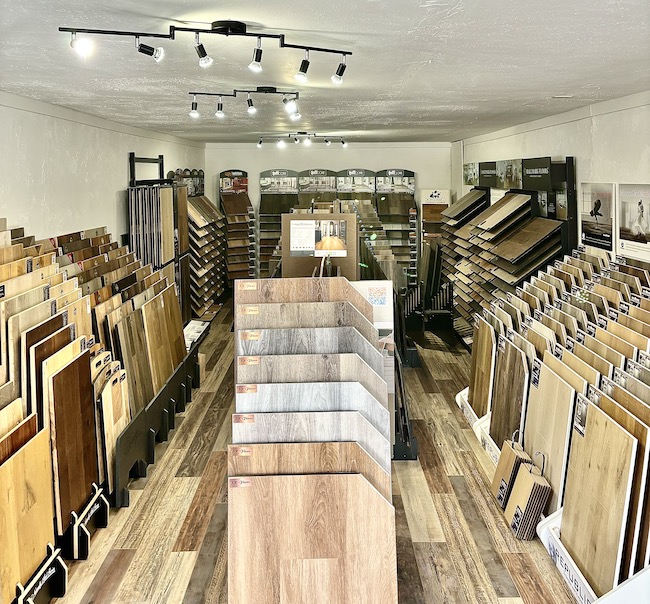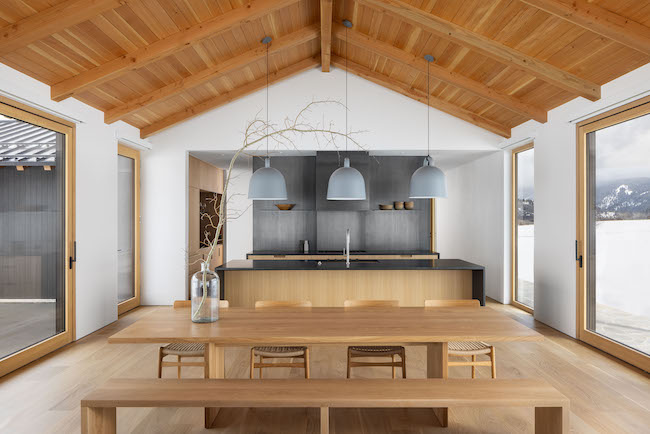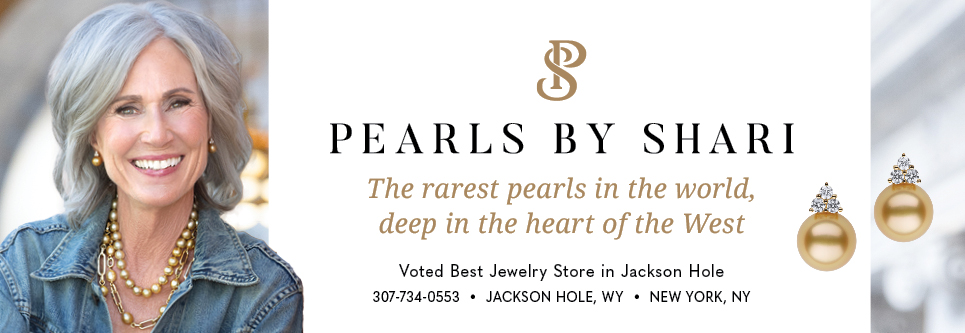Magic Moments
20 May 2024
Get lost in the powerfully quiet work of a wildlife photographer and Native artisans at Medicine Bird Gallery
Summer/Fall 2024
Written By: Phil Lindeman | Images: Chris Figenshau and Courtesy Medicine Bird Gallery
Ask Gary Crandall for the secret to wildlife photography, and he’ll pause, chuckle, and then give you the story of the medicine bird. Several years ago he spotted a raven on a snowbank. He hadn’t been looking for one, but there it was. So he waited. Nearly four decades behind the lens told him: patience would pay off.
“It wasn’t planned,” Gary tells me. “He turned his head and looked at me, and it was one of those magic moments where the light was just perfect. It’s like the old saying, ‘Better to be lucky than good.’”
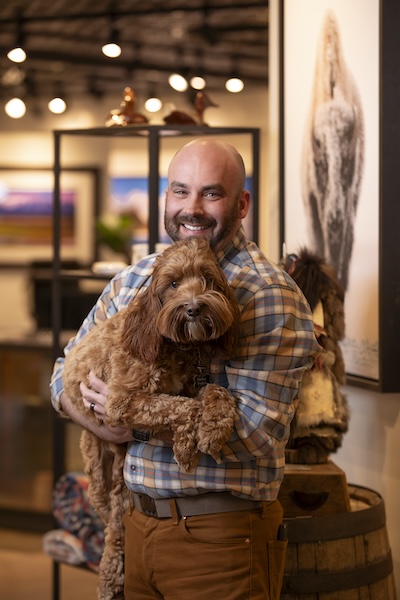
BIRDS AND BUFFS
Gary began working with his friend and current business partner, Sean Love, in 1994. Their partnership grew over the years, with the opening of the Medicine Bird Gallery in Jackson, and then expanding to a second gallery in Livingston, Montana, on the north end of Yellowstone National Park, opened and operated by Sean’s wife, Alex Meador.
Their success? Luck’s got nothing to do with it.
“He is one of my closest friends, and that is rare in business,” Gary says of his partnership with Sean. “We see most things pretty much the same. He’s very supportive, very encouraging. Although I occasionally hear, ‘Another buff, man?’”
He means buffalo and admits he was joking: Sean has never rejected one of his buffalo prints. Buffalo are this photographer’s muse.
“They’re in their element in winter. It shows you my intelligence, but I go out in the crummiest weather I can find,” Gary chuckles. “But it shows who they are, what they can endure, and how they endure. It’s so impressive.”
Gary fell in love with buffalo in the late ’70s, when he moved west from New Jersey. He has photographed hundreds of buffalo, maybe thousands. But that number, he reminds me, pales to the herds that once dominated the West.
“They are a very majestic critter, and very protective of their young,” he says. “It is a testament to who they are, that they are still here.”
He especially loves capturing buffalo and birds. He will spend hours watching magpies nestle on buffalo, picking bugs from their fur as songbirds whistle overhead. His favorite images evoke the scents and sounds of the prairie.
“You have that sound, that song, with a buff eating grass,” Gary says. “I can only imagine what it was like when you had millions of buffs with millions of birds following them. You would hear it for miles. You can understand why it was spiritual to so many people.”

THE WEST ON DISPLAY
Medicine Bird Gallery is more than wildlife photography. Co-owner Alex Meador is a fourth-generation Livingston local, and she scours the West for Native artisans. You’ll find handmade bracelets from Etkie, a collective of Navajo women, and headwear from ThunderVoice Hat Co., another Navajo maker.
The gallery also sells “ledger art” from John Isaiah Pepion, a Blackfoot artist from Montana. Starting in the 1800s, Plains tribes would illustrate on old bank ledgers, and John carries on the tradition.
“He has this cool blend of traditional and contemporary, and he’s pulling from something his family has been doing for generations,” Alex says. “It’s incredible to have an artist of that caliber.”
Sean and Alex recently gutted the Jackson Hole gallery and rebuilt it from the ground up, using materials they found in Western junk stores.
She hopes visitors get lost in the renovated gallery, the same way they get lost in Gary’s art.
“His work and creative journey have set the tone for this gallery,” she says. “He bears quiet witness to their story and you feel it in his art.”
Pieces at Medicine Bird Gallery begin at $30 for small prints. Visit medicinebirdgallery.com for more.
